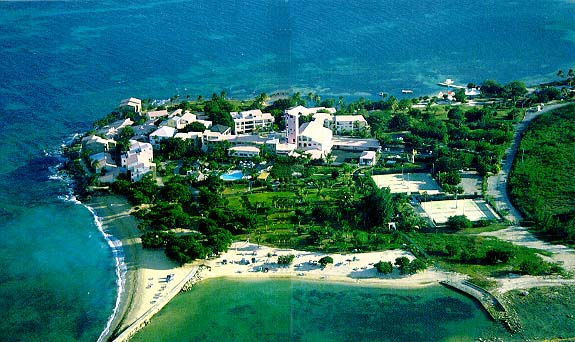It’s been hot here, so I woke up early this morning and was on the road before six. My goal was to explore the smaller peak on the north part of Hope Hill, as there are large rock faces that could contain caves. On my way, I found a Killdeer and its chick in an unfinished building foundation. The adult tried to distract me, but left once I hopped in to take a couple photos of the chick. Nearby, a caterpillar was being attacked by a swarm of ants and a gecko spontaneously dropped its tail, which was twitching on the ground. A good start.
I headed up Hope Hill, trying to avoid being noticed by anyone from the mining operation, just in case I wasn’t allowed up there. Many of the usual suspects were around, like a baby Anolis gingivinus. Near the top, I was attempting to climb up a fifteen-foot cliff face when I noticed a peculiar gecko with very large eyes (even for a gecko) and peculiar skin patterns. It was on a dead tree leaning up against the rock wall, which I was trying to rotate, whilst clinging to the wall, whilst taking photos. The result was substandard, but the attempt was quite inspired.
At the top, I explored the forest for a while, finding a very unusual beetle (which I will photograph and post later) and a group of wasps with long, hanging abdomens and brilliant eyes. I also found some kind of plant that stings quite a lot when you touch it.
Instead of heading back the same way, I decided to go down the other side of the mountain, towards the Atlantic. First, an old dirt road took me to a little gazebo in the woods with a hammock and picnic table. Then I followed a stone wall that eventually met an odd patch of paved road in the middle of nowhere. Beyond that was tall grass and what was probably once a dirt road which eventually took me to an amazing dry gully filled with huge boulders and flanked by steep rock cliffs. Where I entered the gully, there was a brilliantly colored jumping spider that had white pedipalps which it was waving, to attract prey, I would guess.
The gully continued for a considerable length, although eventually I began to hear the sound of cars and people in the distance. Suddenly, I found a beautiful butterfly. It was one of those ones that closely resembles a dead leaf when it is resting, but had orange and blue on the top side of its wings. Not only had I found a new butterfly on the island, but it was a pretty one, too! Unfortunately, after reviewing the species that are found in the area and my own photos from the nearby Butterfly Farm, it seems likely that it’s a foreign species that managed to escape its confinement.






















































































































































